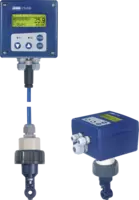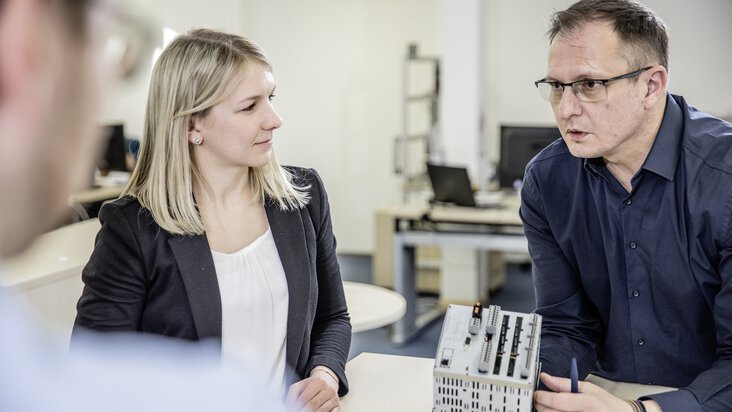
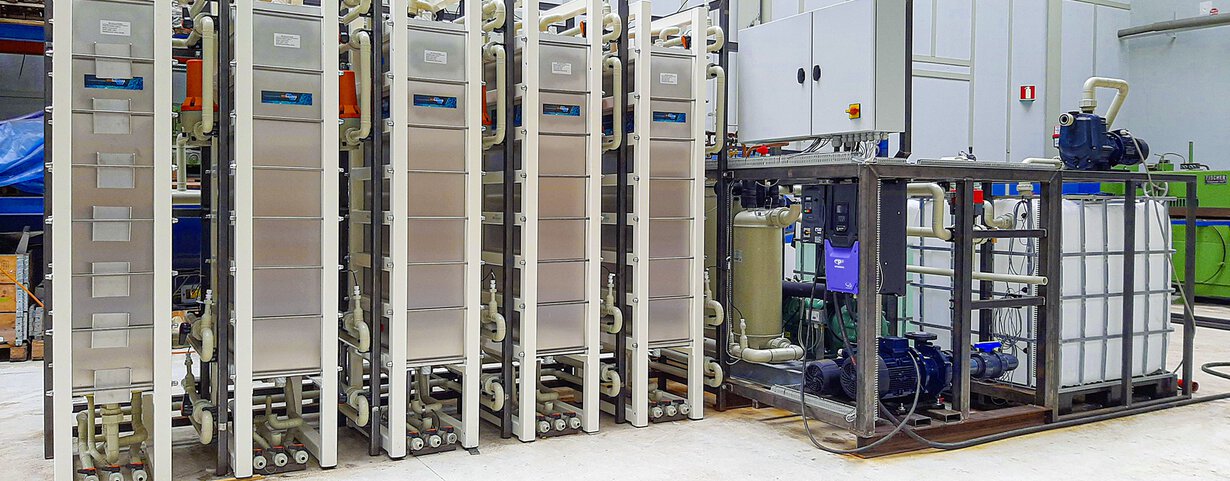
Safe drinking water with innovative technology
Rainmaker Holland B.V. recently asked JUMO to help in developing the right sensors for an innovative desalination system. A major concern was the required corrosion resistance.
Task
Rainmaker specialises in the decentralised development and production of water technology to provide safe drinking water to remote locations worldwide. To achieve this goal Rainmaker has developed two product lines: Air-to-Water and Water-to-Water.
The challange
Unfortunately, fresh water is unevenly distributed. Today, an estimated 800 million people worldwide live without acess to a source of safe drinking water. In North Africe, the Middle East, India, Mexico and large party of South America, but also on many islands and in many regions, there is a structural shortage. Precisely in those places where it is difficult to make drinking water accessible, Rainmaker uses innovative techinques.
Solution approach
Air-to-Water solution
A decentralised and renewable energy driven technology from Rainmaker called Airto-Water and Water-to-Water produces safe drinking water at the lowest cost per litre. The Air-to-Water unit uses a turbine that pushes air through a heat exchanger. In the heat exchanger, air is cooled and condensation takes place. The optimised cooling-heating cycle allows efficient energy consumption for higher water production. The collected water is purified and disinfected to ensure the highest drinking water standards. Although this technology is designed to be powered by renewable energy, it can also be powered by traditional energy sources. Based on the ambient temperature and humidity, a single Air-to-Water unit can produce up to 5,000 litres of water per day and can be easily scaled to meet the required water demand. To ensure efficient water production, Rainmaker has developed an adaptive control system that maximises water production depending on the environmental condition at the deployment site.

The Water-to-Water system can be efficiently powered by wind, solar, grid, generator or combinations of these.
Water-to-Water solution
Based on an emerging membrane distillation technology, Water-to-Water is a seawater desalination system in which water is evaporated under low pressure by a heat pump condensation process. The vapour produced by this heating process diffuses through a microporous hydrophobic membrane and all impurities remain in the source water. The driving force of this technology is the partial pressure difference (temperature difference) between each side of the membrane pores.
Project outcome
JUMO industrial sensor technology
For their EU project with Water-to-Water technology in Gran Canaria, Rainmaker went in search of the right sensors. Several sensors were implemented to monitor the sustainability of the system and ensure the safety of the installation. As the W2W is a desalination plant, corrosion protection had to be guaranteed. JUMO has a wide selection of sensors and automation equipment suitable for water treatment. For the W2W unit, Rainmaker used JUMO measurement technology. Conductivity measuring sensors from the JUMO Blackline series and transducers from the JUMO ecoTRANS series were implemented. These devices are used for precise conductivity measurement that guarantees the quality of clean drinking water. For the conductivity measurement on the wastewater side, Rainmaker has chosen the JUMO CTI-500. This sensor is ideally suited for high conductivity values because it is an inductive measurement. The MIDAS C18 SW sensor from JUMO is used to control the pressure on the waste water side. This is a titanium sensor that is very suitable for water with a high salinity.
The Water-to-Water system can be powered efficiently by wind, solar, grid, generator or a combination of these factors. This allows water to be produced at the point of use, eliminating transport and distribution costs. Water-to-Water units are available in three sizes and produce 37.500, 75.000 or 150.000 litres of drinking water per day.
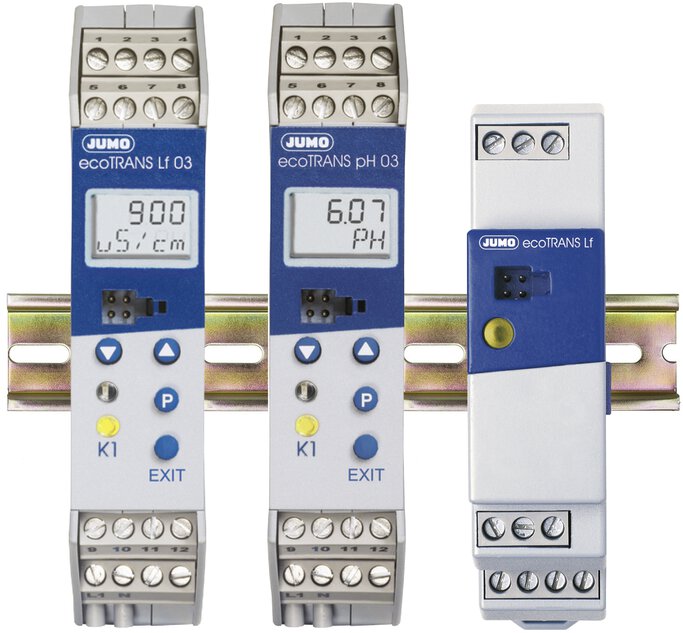
transducers from the JUMO ecoTRANS series
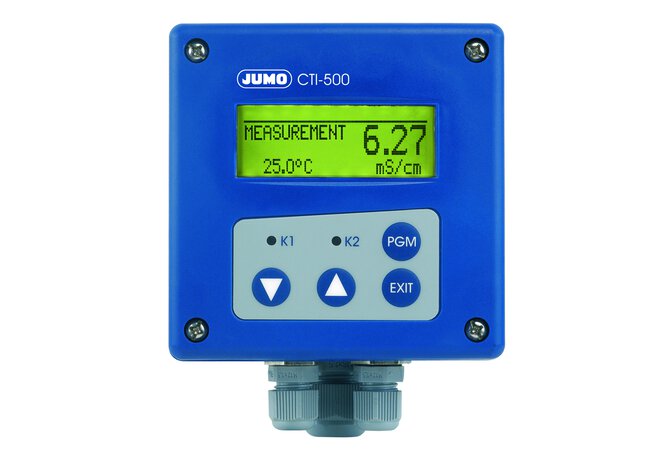
JUMO CTI-500
Subsidy from Europe
The Water-to-Water (W2W) project was funded by the Horizon 2020 research and innovation programme of the European Union under grant agreement no. 873854. More information can be found on the website of the European Commission

Interior W2W unit Rainmaker

Cross-sectional overview of W2W Rainmaker unit

Rainmaker's W2W unit uses renewable energy generated by a wind turbine

W2W unit Rainmaker for clean drinking water production
- ${title}${badge}



